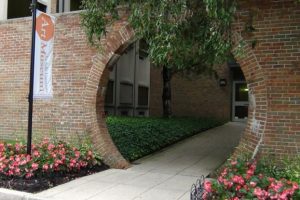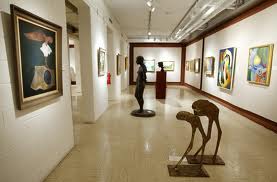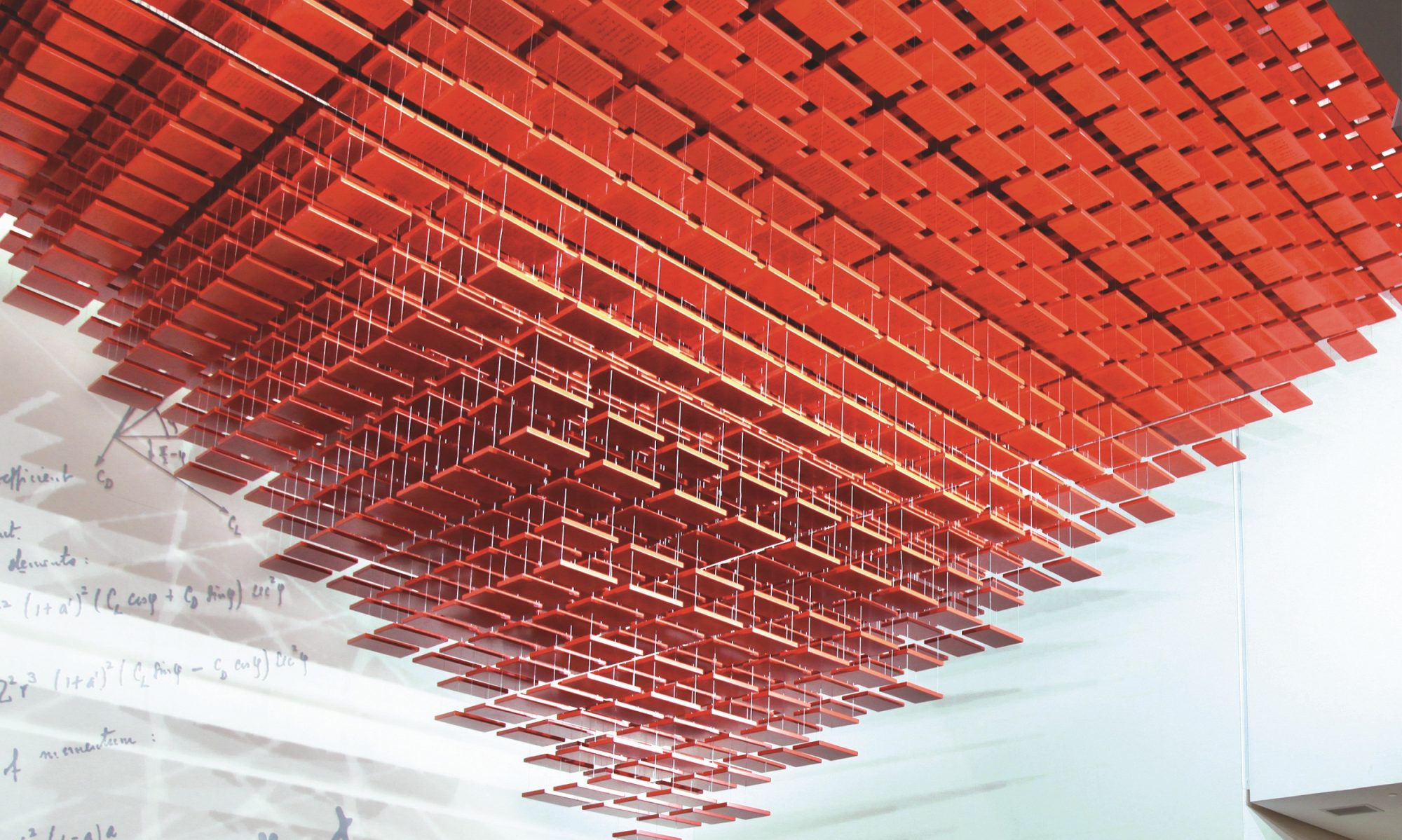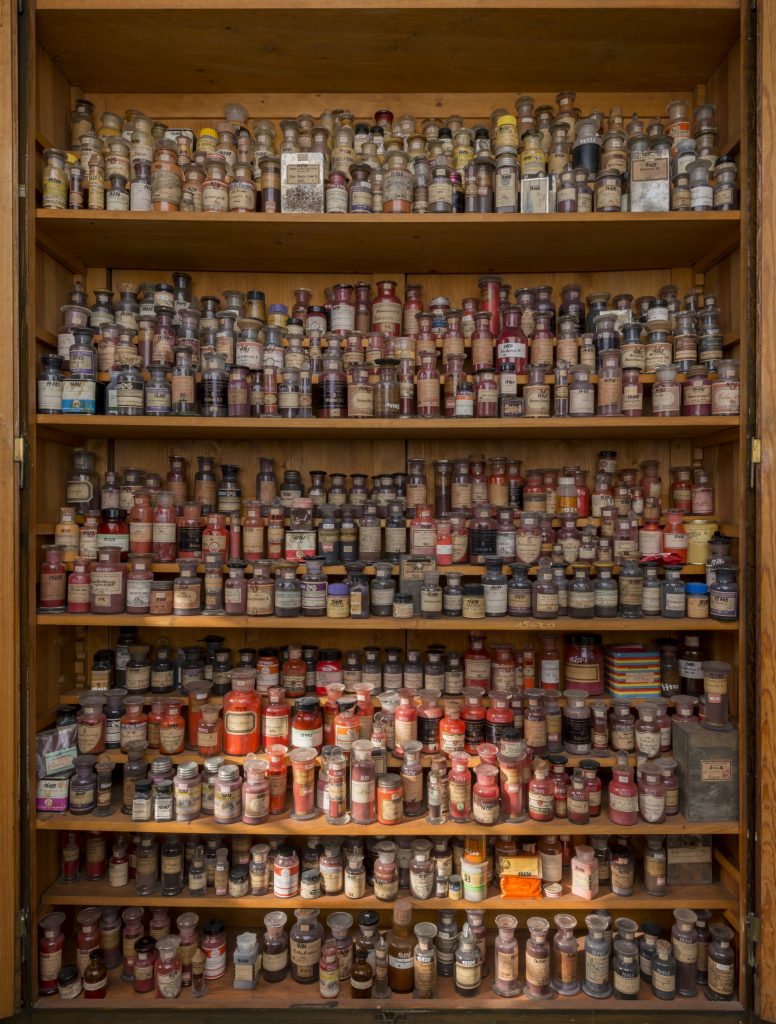Adapted from a Jan. 6 article by Susan Snyder in the Philadelphia Inquirer.
LaSalle University in Pennsylvania has announced plans to sell 46 paintings from its art museum in order to raise money for other strategic priorities of the university.

The university estimates it will raise between $4.8 million and $7.3 million, much of it for masterpieces including Jean-Auguste-Dominique Ingres’ Virgil Reading the Aeneid Before Augustus from 1865; Dame Elisabeth Frink’s sculpture Walking Madonna; Dorothea Tanning’s Temptation of St. Anthony;Georges Rouault’s Le Dernier Romantique (The Last Romantic); and Albert Gleizes’ Man in the City (L’Homme Dans la Ville).
The Association of Art Museum Curators slammed the plan in a statement. “This decision goes against fundamental best practices of museums, the very standards that have built and shaped the country’s tradition of establishing and preserving art collections for the public trust,” the group wrote.
Both the American Alliance of Museums (AAM) and the Association of Art Museum Directors followed with a statement, and the Task Force for the Protection of University Collections also informed La Salle of its opposition to the plan, said Lyndel King, director and chief curator of the Weisman Art Museum at the University of Minnesota and cochair of the task force.

“Our major role is making sure that institutions understand the implications and potential consequences of what they are proposing to do,” King said, noting that other museums could refuse to lend traveling exhibits to the museum and essentially isolate it from collaboration with its peers. “We also want to make sure that donors and others know that this is being considered. It’s a black mark on the university. If I were a donor, I would certainly think about making another donation to a university that did that.”
Often university trustees and administrators don’t understand how inflammatory it is to sell art for purposes other than improving its collection and museum, or that the museums are an integral part of a college’s teaching, she said.
The task force formed around 2009 when Brandeis University in Massachusetts, like many schools stung by the recession and a loss in its endowment, proposed to close its Rose Art Museum and sell off the art. The museum, opened in 1961, had a loyal following who complained. Legal action ensued, and the plans eventually were scrapped.
For La Salle, a 3,200-student Catholic university that has struggled with a projected deficit and layoffs in recent years, criticism isn’t just coming from the art community. Alumni from other fields also have sounded off on social media. “Pretty soon it will be a trade school. Sad times,” Tierney Kelly, a 1998 graduate from Philadelphia, posted on Facebook. Kelly, a film publicist who majored in English literature at La Salle, said she visited the museum frequently as a student. Her projects for a class on Shakespeare took place there. “It was amazing to be able to conduct a class in a place like that,” she said. Later, she worked in La Salle’s admissions office and touted the museum as a selling point. “It was a gem for the university,” she said.
La Salle, in the Logan section of Philadelphia, intends to keep the museum open and replace works on display that are being sold with other pieces from its collection. But alumni worry that with the sale of such prominent pieces the museum won’t be the same.
Vinny Vella, a 2012 communications graduate who currently works as a reporter at the Hartford Courant, said the “paltry” amount La Salle stands to raise isn’t worth it. “La Salle has certain assets that make it valuable to the students and one of those assets has always been its art museum,” said Vella, a former Daily News reporter. “If La Salle is willing to sell off parts of its art collection, what else is it willing to sell?





